The celebrated Mr. K pays tribute to one of comics’ greatest artists…
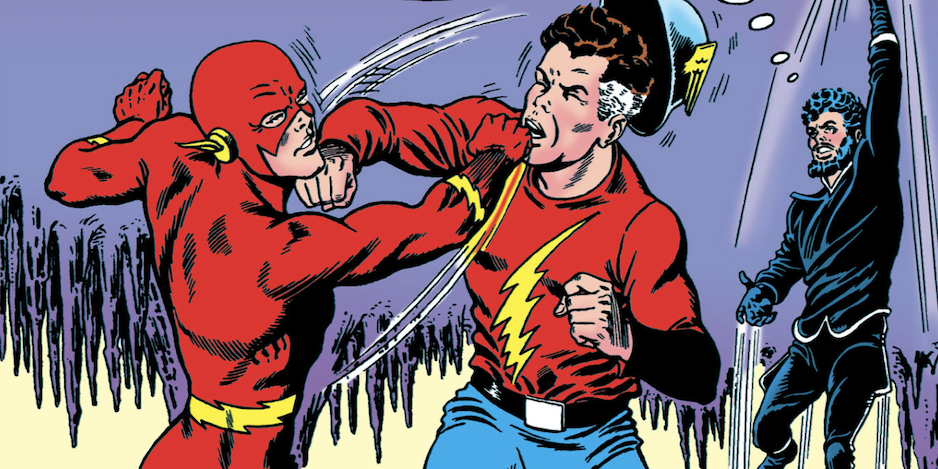
By PAUL KUPPERBERG
The thing about writing these “13 Favorites” pieces is that I usually have more than 13 favorite whatevers. Lots more! “13 Favorite” Superman Stories”? Pick 13 out of the thousands of Superman stories published? Good luck! No matter what 13 I select, there are at least 13 more that could have easily made the cut, not to mention all the ones you readers come back at me with. “What? No love for ‘The Day Superman Became a Ballerina?’” Another favorite to be sure (Spoiler: Luthor slips Red K into Superman’s tutu!), but there are only those 13 slots so what story should I have cut to make room?
The task is just as difficult when it comes to the work of individual creators. Considering that a lot of those I write about had careers that spanned decades, including the years of my 1960s childhood, there are just too many beloved stories or pieces of work to reduce to so small a sample. One who looms large in the category is Carmine Infantino (May 23, 1925 – April 4, 2013). As I wrote in a 2021 installment:
“Long before fans embraced the concept of super-star artists, Carmine Infantino was a super-star artist. I remember reading somewhere Carmine saying that by the 1960s, he was more interested in the design of his pages than the accuracy of the anatomy or perspective in his art. I think he was being somewhat disingenuous (or maybe not; Carmine wasn’t a particularly modest individual), but his work did stand out from the largely homogenous DC house style. I loved his work in the early 1960s, from The Flash to Adam Strange to Batman and wherever else it popped up. Infantino was the first artist I ever learned to identity by sight.”
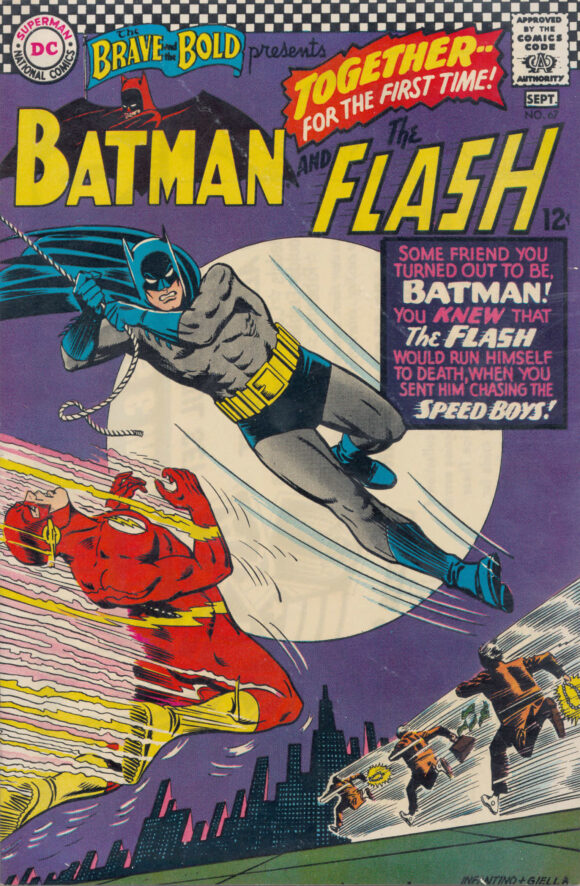
Joe Giella inks. Murphy Anderson inks on Batman’s face.
The Flash for me was the center of the 1960s DC Universe, at least the part of it overseen by editor Julie Schwartz. Barry Allen may have been one of the dullest alter egos in comics, but the Flash was one the best superheroes in the line, with inventive stories by Gardner Fox and John Broome, state-of-the-art art by Infantino and Giella, and, as I wrote in the foreword to The Flash Archives Volume 6 (DC Comics, 2012):
“There were the covers. Those magnificent, perplexing, and wonder-inducing covers.
“These days, covers seem to be little more than variations of posed poster shots, an endless run of pretty but pointless pictures slapped over the stories to keep the interior pages from getting wrinkled. But back then, when kids were kids and comics were for kids, before readers knew through the internet what was going to be in their favorite books months in advance, a comic book cover was a sales tool. The youngster walking into his local candy store or drugstore had no idea what he (and it was mostly boys) was going to find on the spinner rack that week, let alone what the stories contained within were about. It was the covers’ job to grab the buyer’s attention with an intriguing or impossible image that made him want to have to read the story to find out. Chances are that kid only had enough cash on hand to buy one or two of the dozens of titles available to him. A cover that made him say, “What the…?” or “It can’t be!” greatly increased that title’s chances of being bought.
“Julie Schwartz specialized in the intriguing cover, and he brought it to a state of high art on The Flash. Classic examples abound, right from the starting line.”
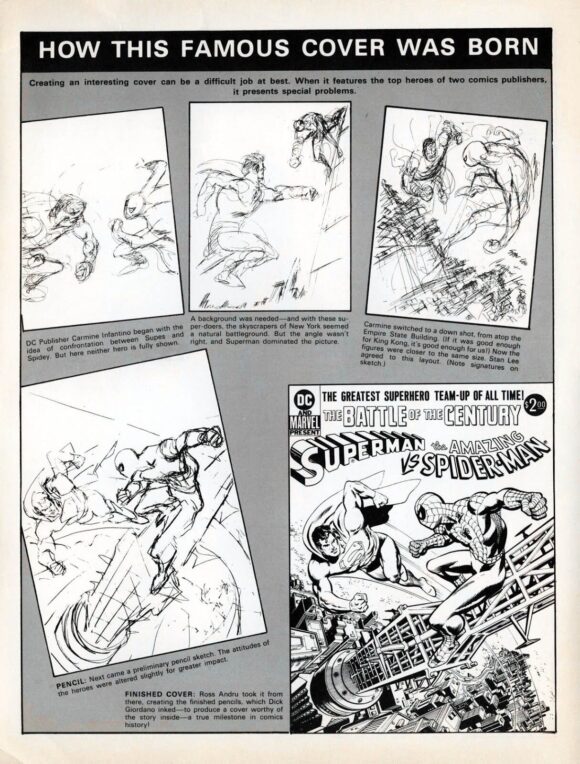
There were few artists at the time as qualified as Carmine to bringing an A-game to comic book cover design. In later years, when he would take over as DC’s editorial director, his were the sketches (created in consultation with the editor and sometimes the artist) the artists worked from. The number of classic late-Silver Age and early-Bronze DC covers designed by the man is amazing, as are the images themselves. Take, just for example, the Ross Andru and Dick Giordano (and Terry Austin and Neal Adams) cover for the Superman vs. The Amazing Spider-Man treasury edition: “Carmine Infantino (roughs),” per Comics.org.
From my foreword to The Flash Archives Volume 1 (DC Comics, 1996): “Julie recognized the wisdom of bringing back another member of the Golden Age Flash creative team, penciller Carmine Infantino. Carmine was another experienced comic book hand, an artist proficient in drawing everything from superheroes to Westerns. His quirky, unique style was recognized by his fellow professionals for its freshness of design and mastery of storytelling. ‘I called in Carmine. I needed a cover even before the interior art. Carmine came up with the idea, that famous cover of Flash speeding through the frames of film. This was strictly Carmine’s idea, as was the design of Flash’s costume.
“‘Carmine really was the artist best suited to draw the revival. He drew the best speed lines, really gave the feeling that Flash was moving!’”
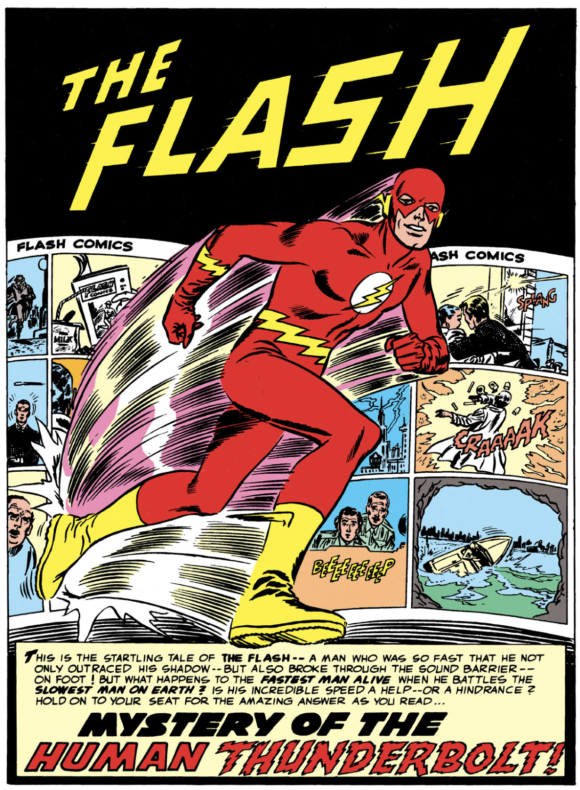
It sure moved me! And I had no way of even guessing that I would grow up and one day find myself not only writing comics for DC, but having my stories drawn by childhood heroes like Carmine. It was a visceral connection between two parts of my life, the fan and the professional, and while my collaborations with Carmine would be on Supergirl, “Tales of the Green Lantern Corps,” and Super Powers, those stories and covers from my youth will always have a special place in my heart.
Here then, MY 13 FAVORITE CARMINE INFANTINO FLASH COVERS:
—
Showcase #4 (September/October 1956). See Schwartz, above.
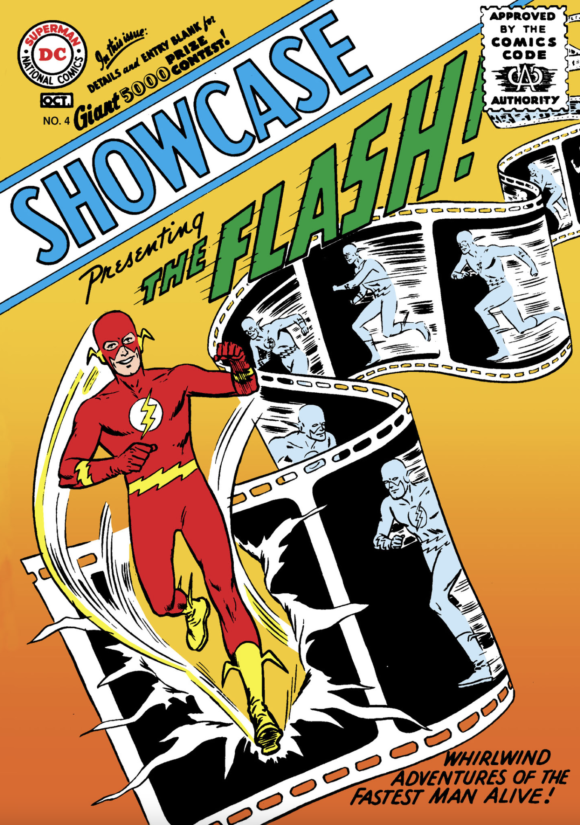
Inked by Joe Kubert
—
The Flash #113 (June/July 1960). “Great thunder! He’s running on air!” exclaims the Flash. “Tell me more!” gushes any kid seeing this on a comic rack in 1960.
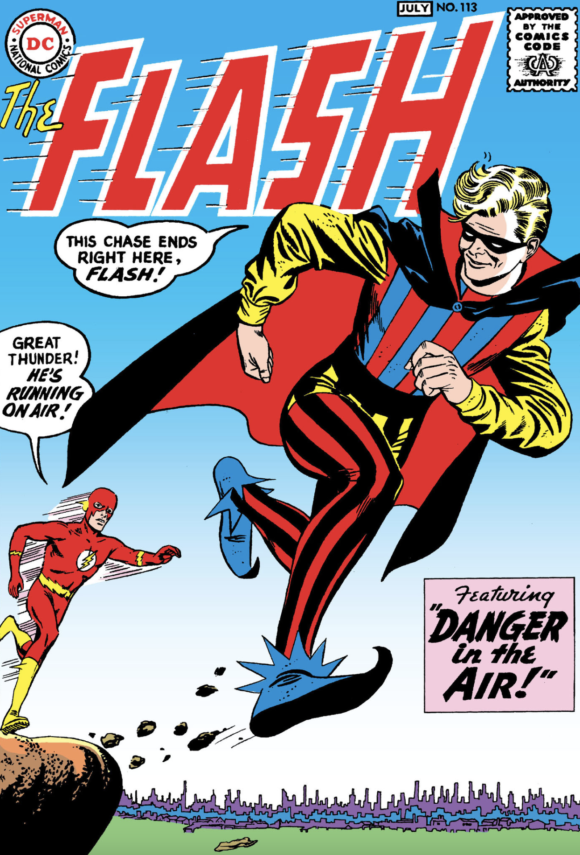
Inked by Joe Giella
—
The Flash #115 (September 1960). Don’t pretend like you don’t know why!
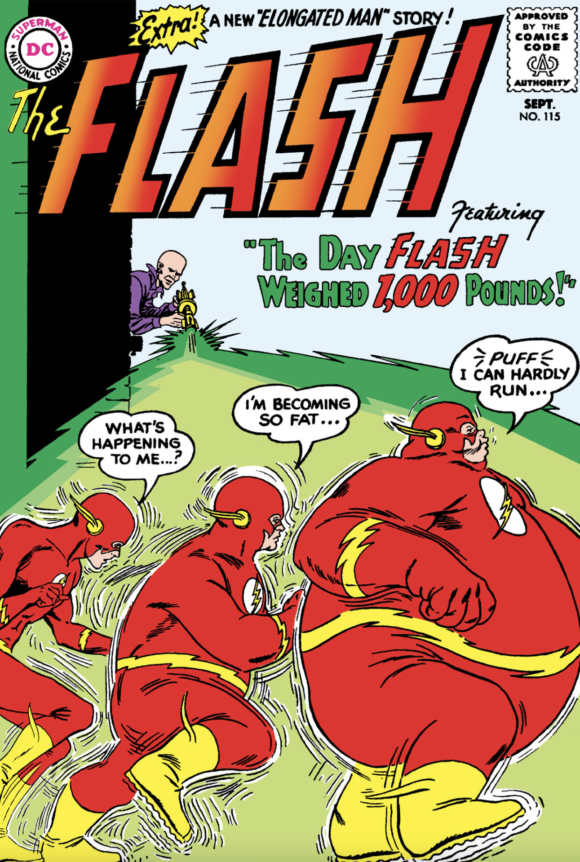
Inked by Giella
—
The Flash #123 (September 1961). Often reprinted and frequently referenced (i.e., swiped), the cover to probably the most pivotal DC Comics story of the era, one that’s come to define comic book tales to this day.
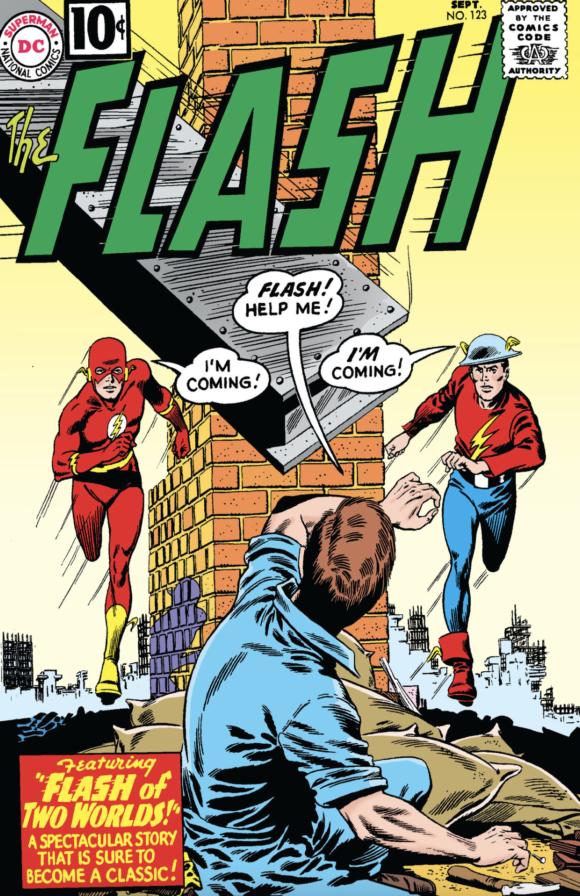
Inked by Anderson
—
The Flash #131 (September 1962). The only place one DC hero ever usually met another in those days was in the pages of Justice League of America so this Green Lantern crossover, inked by Giella, was something of an event.
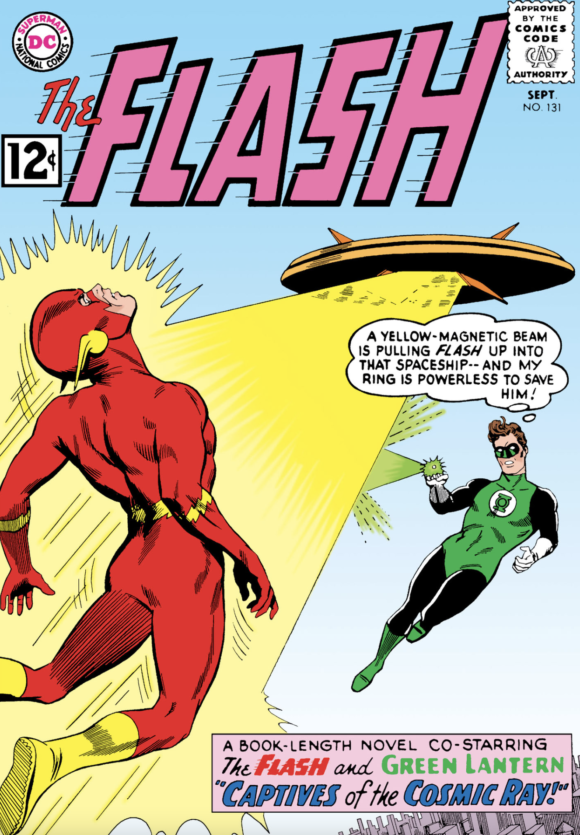
—
The Flash #133 (December 1962). A puppet! Genius!
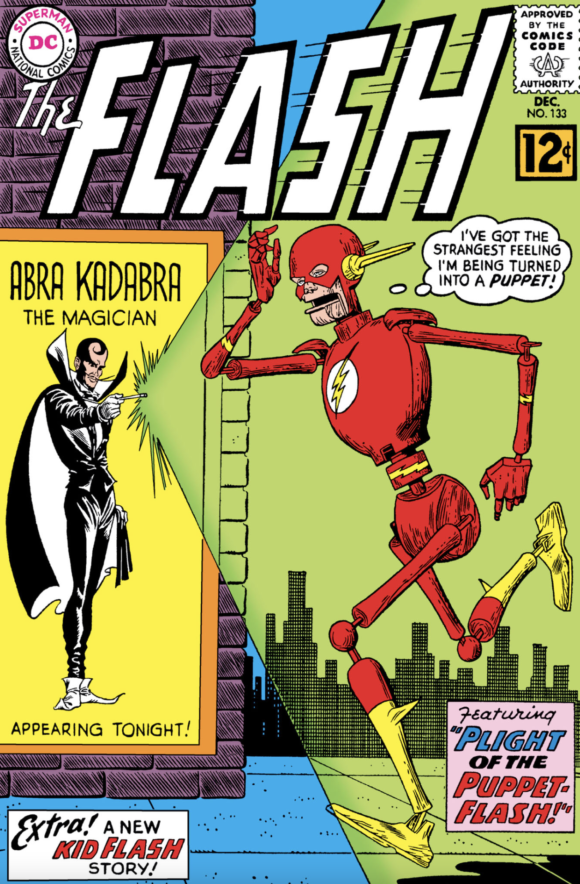
Inked by Anderson
—
The Flash #135 (March 1963). Heroes got new costumes even less often than they crossed over between titles… and other heroes made sure they explained what the reader was looking at. Just in case.
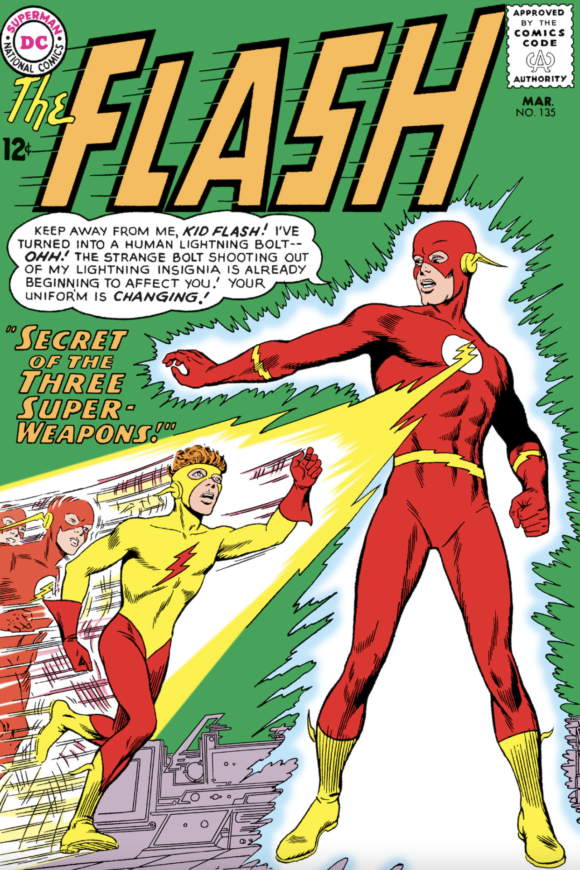
Anderson on the inks
—
The Flash #137 (June 1963). Just a lovely trans-dimensional moment of action, inked by Anderson.
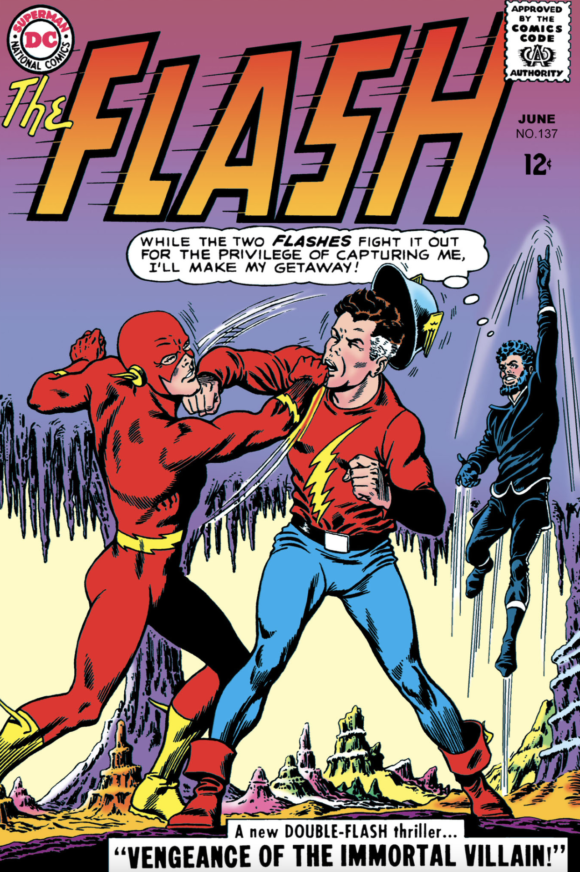
—
The Flash #147 (September 1964). Self-referentially delicious and inked as only Anderson could.
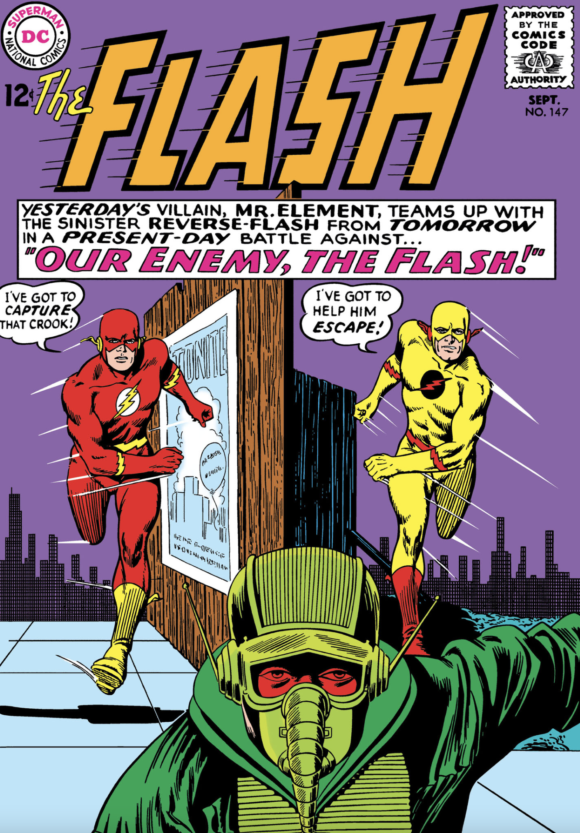
—
The Flash #153 (June 1965). “I’ll kick your ass into next year!”
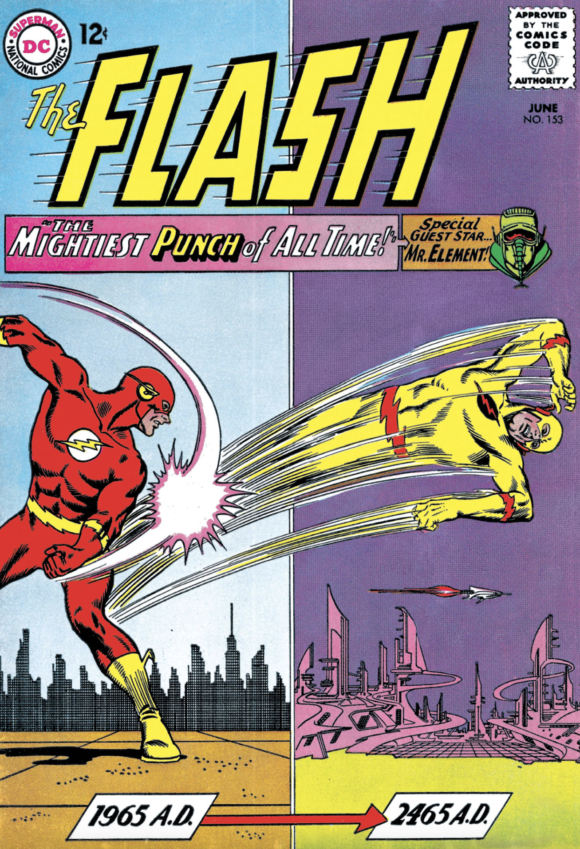
Anderson on inks and oboe
—
The Flash #172 (August 1967). My favorite empty costume cover of all times because gorillas make every Silver Ager comic better, especially those inked by Anderson.
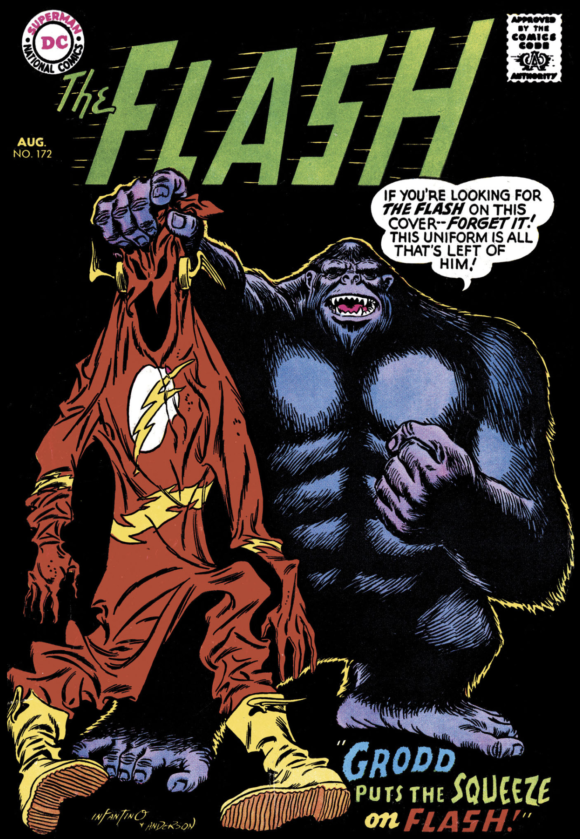
—
The Flash #174 (November 1967). A rare messing with the trade dress provides one of the series’ most memorable covers, “The Stupendous Triumph of the Six Super Villains,” inked by Anderson.
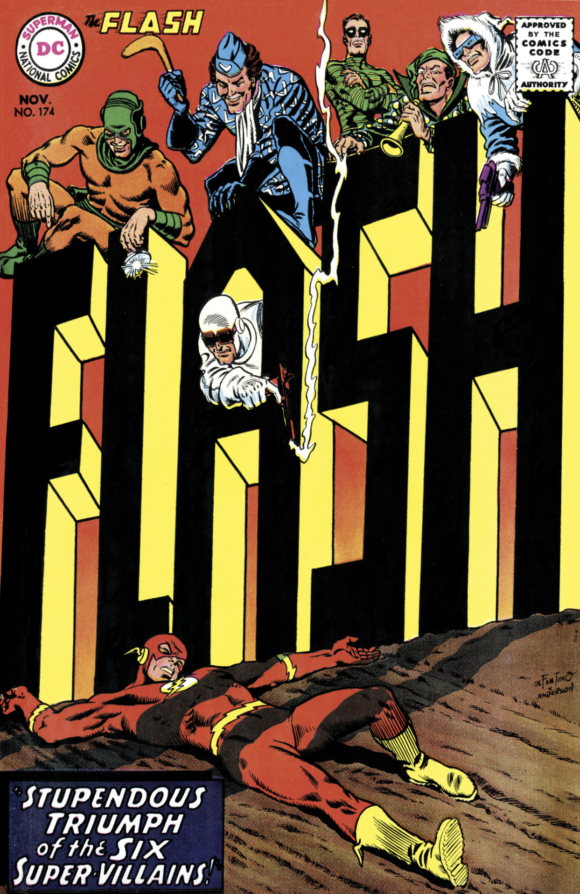
—
The Flash #175 (December 1967). Always a sucker for a Flash/Superman race, even with an Al Plastino-altered Superman face on this otherwise Mike Esposito inked cover, Carmine’s penultimate of his original run on the series.

—
MORE
— 13 GROOVY PAGES: An ELONGATED MAN Birthday Salute to CARMINE INFANTINO. Click here.
— THE FLASH #123: An INSIDE LOOK at One of the Most Important Comics Ever. Click here.
—
PAUL KUPPERBERG was a Silver Age fan who grew up to become a Bronze Age comic book creator, writer of Superman, the Doom Patrol, and Green Lantern, creator of Arion Lord of Atlantis, Checkmate, and Takion, and slayer of Aquababy, Archie, and Vigilante. He is the Harvey and Eisner Award nominated writer of Archie Comics’ Life with Archie, and his YA novel Kevin was nominated for a GLAAD media award and won a Scribe Award from the IAMTW. Now, as a Post-Modern Age gray eminence, Paul spends a lot of time looking back in his columns for 13th Dimension and in books such as Direct Conversations: Talks with Fellow DC Comics Bronze Age Creators and Direct Comments: Comic Book Creators in Their own Words, available, along with a whole bunch of other books he’s written, by clicking the links below.
Website: https://www.paulkupperberg.net/
Shop: https://www.paulkupperberg.net/shop-1
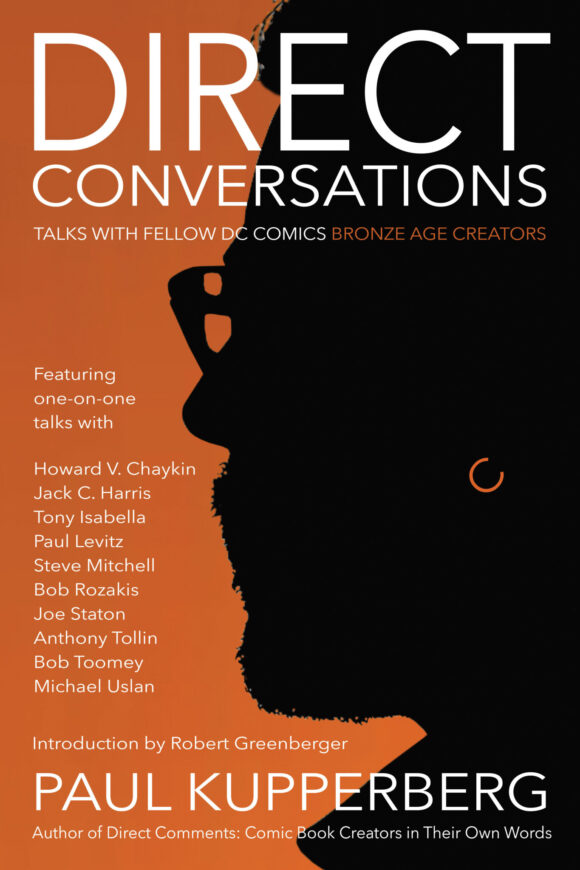

May 24, 2023
You can keep on running 13 different Flash covers every day from now on, and I would be happy!
May 24, 2023
Rats! Now I really want to read “When Superman Became a Ballerina.” If only I had a dime that day in 1959!
October 25, 2023
The fun Flash TV show of the early 90s had a few scenes set at “The Infantino Hotel.” The writers knew their stuff!